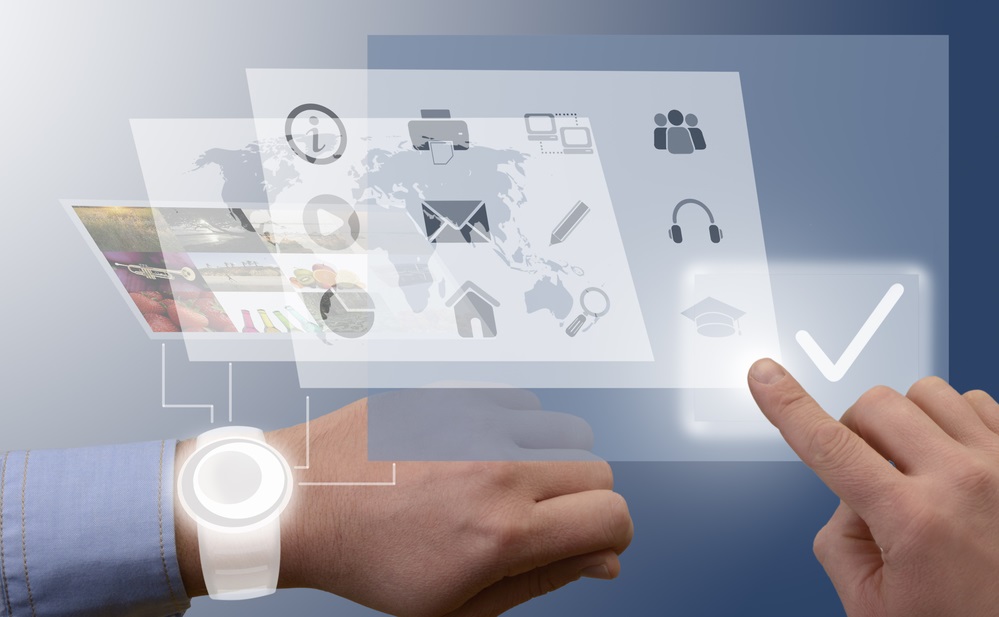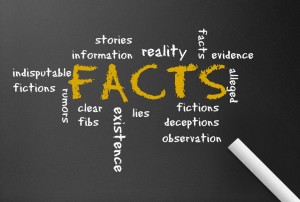This article summarizes a research paper presented at the 2014 Computation + Journalism Symposium. Fergus Pitt is a senior research fellow at the Tow Center for Digital Journalism at Columbia University’s Graduate School of Journalism. See the full collection of research summaries.
By Fergus Pitt
At the Tow Center for Digital Journalism at Columbia University, we spent a year discovering how reporters were using sensors to produce data for investigations, for participatory journalism, and to illustrate old stories in powerful new ways.
While we think the practice of sensor-based journalism will grow, we weren’t sure how to teach it. So this year, we held a month-long pilot workshop in which eight students learned about sensor journalism and even used sensors to investigate the environmental impact of building sites in New York City.
The pilot was predicated on the idea that we should teach students not just to analyze data, but to use sensors to capture data at an earlier stage of its life, where it is rendered from the physical world.
Here are six lessons we took away from the exercise.
- Student journalists loved learning write code to analyze the data they captured. Mike Dewar, a data scientist working at the New York Times R&D lab, taught basic statistical analysis ideas particularly pertinent to our investigation: time series and distributions. His lesson combined the concepts with writing code, specifically Python running through iPython notebooks, hosted on an Amazon ec2 server large enough to handle simultaneous processing of hundreds of thousands of data points.
- They also loved building sensors. Kipp Bradford and Julie Steele, who work together as Senselab, taught sessions on electronic prototyping. They started with soldering, using Sparkfun’s WeevilEye tutorial, then moved on to fundamental concepts for electronics: current, resistance, voltage, grounding, then introduced some of the control code. They used the popular Arduino DIY kits as their teaching platform.
- Satellite sensing intrigued some students. A data scientist with long experience working with NASA, Lela Prashad, ran the final technology-focused module. She introduced satellite-based sensing to the class, covering the underlying physics, what knowledge users can produce based on the data, and how the students could find information from all the various craft flown by NASA and some new private companies.
- A real world project helped students see the reporting potential of sensors. We started with a simple question: What was the impact of New York building sites on their neighbors? We did background research, then selected a specific building site to focus on, a building site in Flushing, Queens, where neighbors had filed lots of “311” complaints for noise and disruption. We deployed the sensors measuring noise and dust levels in nearby apartments and yards where the residents had agreed to help. While the sensors collected data, our students did traditional reporting to complement and contextualize the data: interviews with neighbors, document searches and photography. We analyzed the data — using the methods taught by Dewar — and produced a package (that wasn’t ultimately published) that combined writing, data visualization and photography.
- It’s important to consider law and ethics when practicing sensor journalism. Even though we were only collecting data on noise levels and dust, questions arose concerning surveillance, consent and privacy. Some students argued for minimal disclosure to neighbors about our collection efforts, drawing parallels with the use of hidden cameras (which in New York, a state where only one party needs to agree to the recording, is legally permissible). Others were more cautious, arguing for more disclosure.
- Be cautious when sharing the results with the public; know what you can and can’t say. It can be very difficult to use sensors to conclusively prove illegality or health risks. The sensing equipment and process need to be mature. Each step needs to be executed well. This was an experimental pilot workshop, and we prioritized learning-by-doing and gave the students hands-on exposure to each step. This meant that the data we produced was far from conclusive.
We’re planning to include sensors within more of the Columbia Journalism School’s data journalism curriculum and – through the Tow Center’s research program – keep working with academics and journalists to stay on top of this fast-moving field.








Leave a Comment